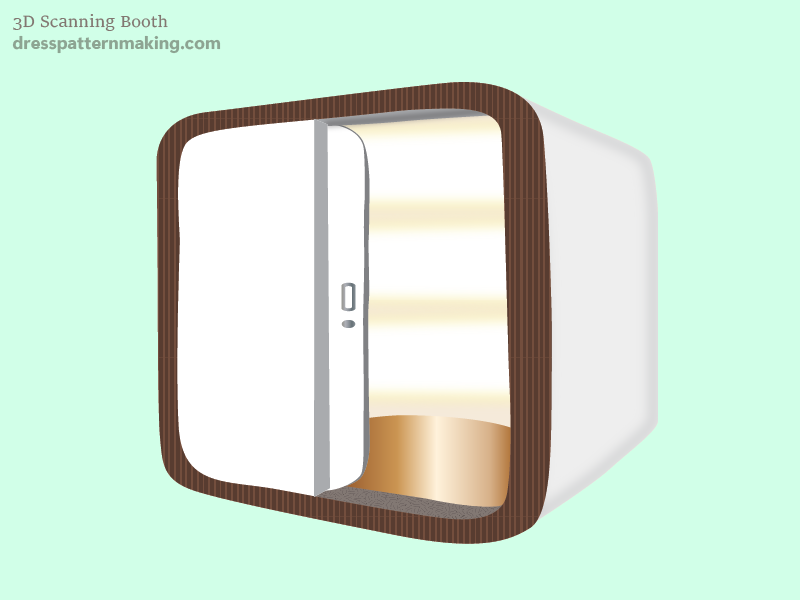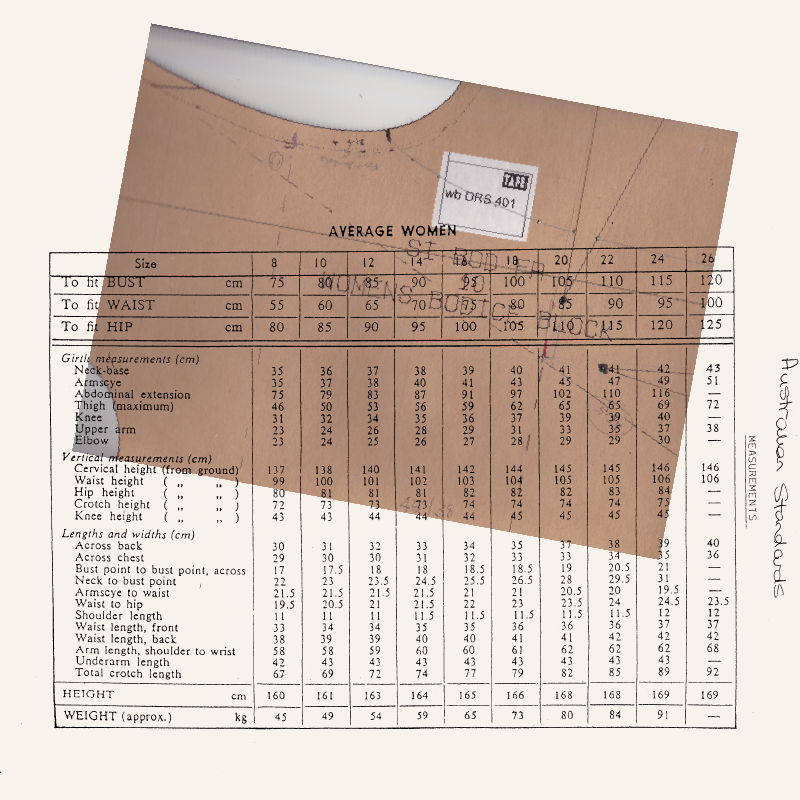3D Scanning: The answer to easily getting correct measurements?

When I first heard about the 3D body scanning machines, I was excited. I thought that this was the answer to getting exact measurements for block making. I read about it online, and it said that the machines were free to use, and it would print out details of your measurements. When I went and tried it out, all I got was the basic measurements: Bust, Waist, and Hips. (Note: this is in Australia, is it different in the USA or other countries?). I also got other information which I wasn't really after such as weight, percentage of body fat, waist/hip ratio, etc. I also got a print out of a 3D representation of my body. What I didn't get was what I wanted: my detailed measurements such as Centre Front Length, Centre Back Length, Full-Length Front, Shoulder Slope.... etc.
The companies that build and supply these machines are keen to get people to use them, as what they gain out of it is current, valuable Anthrometric Data (see below). They do have to make it seem useful for individuals to use it though (otherwise why would they?) and so 'sell it' as a tool of keeping track of your weight and your body mass index, etc. This would be really useful for people really interested in fitness, weight management, or a number of reasons. They also push the idea that if you use their machine you can shop with confidence with their 'fashion partners'; those labels that they sell their data to. (More about this a bit further on). But they don't provide the main data they they obtain (detailed body measurements) to the people who use it... What a shame!
3D Scanning & Anthropometric Data
Historically, it has been very difficult to get good anthropometric data; that is - detailed measurements and statistics about the human body. In the past getting this data took an enormous amount of time, effort and money, as it was all done by hand. Getting detailed measurements (not just bust, waist and hips) of thousands of people was not a small undertaking. It also posed problems because it could be a bit intrustive taking some of the measurements, so a lot of people may not have been too comfortable with a stranger doing so. It was therefore not done very often, and the data that was collected soon became out of date.

What this has meant for the fashion industry that is that the measurements they are using the make clothes for their target audience may not be the best, up-to-date data. Fast forward to the present time, and it is much easier to get that data - if you have the right machines. It also means that the data that is collected is very valuable information. So the companies that provide the use of these machines 'for free' to the individual person, have data they can sell on to fashion lines (which is how they make their money. Otherwise how could they provide that service 'free' to you). They do get all of your detailed measurements, but they don't give it to you, they sell it to their fashion clients.
Their Fashion Partners
Getting your measurements taken in these machines is much less intrusive than in the traditional way, and it's much easier for people to volunteer to get in and get their measurements taken. Once the people who use these machines have got their correct (bust, waist and hip) measurements, according to these 3D scanning companies (at least in Australia), they can "Shop With Confidence" with their Fashion Partners. My problem with this is that looking for clothes using my bust measurement is not going to get me well-fitting shirts, tops and dresses. They will still be too big in the armhole, shoulder and neck. The bottom line is that the clothes are still made to the mean-or-standard, and the shoulder slope, bust cup etc are still going to be wrong. Even if a fashion line does target clients with larger bust cups, I will still have problems with the shoulder slope, as I have much squarer shoulders than the norm. It means that shirts pull back and feel like they are choking me.
Getting Those Detailed Measurements
So, getting back to why I originally tried this machine - it's currently not possible for individuals to get detailed measurements (in Australia at least) from these machines. While I do understand that the data that these companies obtain is very valuable (and secret, unless you become a Fashion Partner, and pay)... it still does not explain why they can't give individuals their individual measurements. I would be willing to pay for this... I hope they will eventually add this option, even if it is an option you have to pay for...

